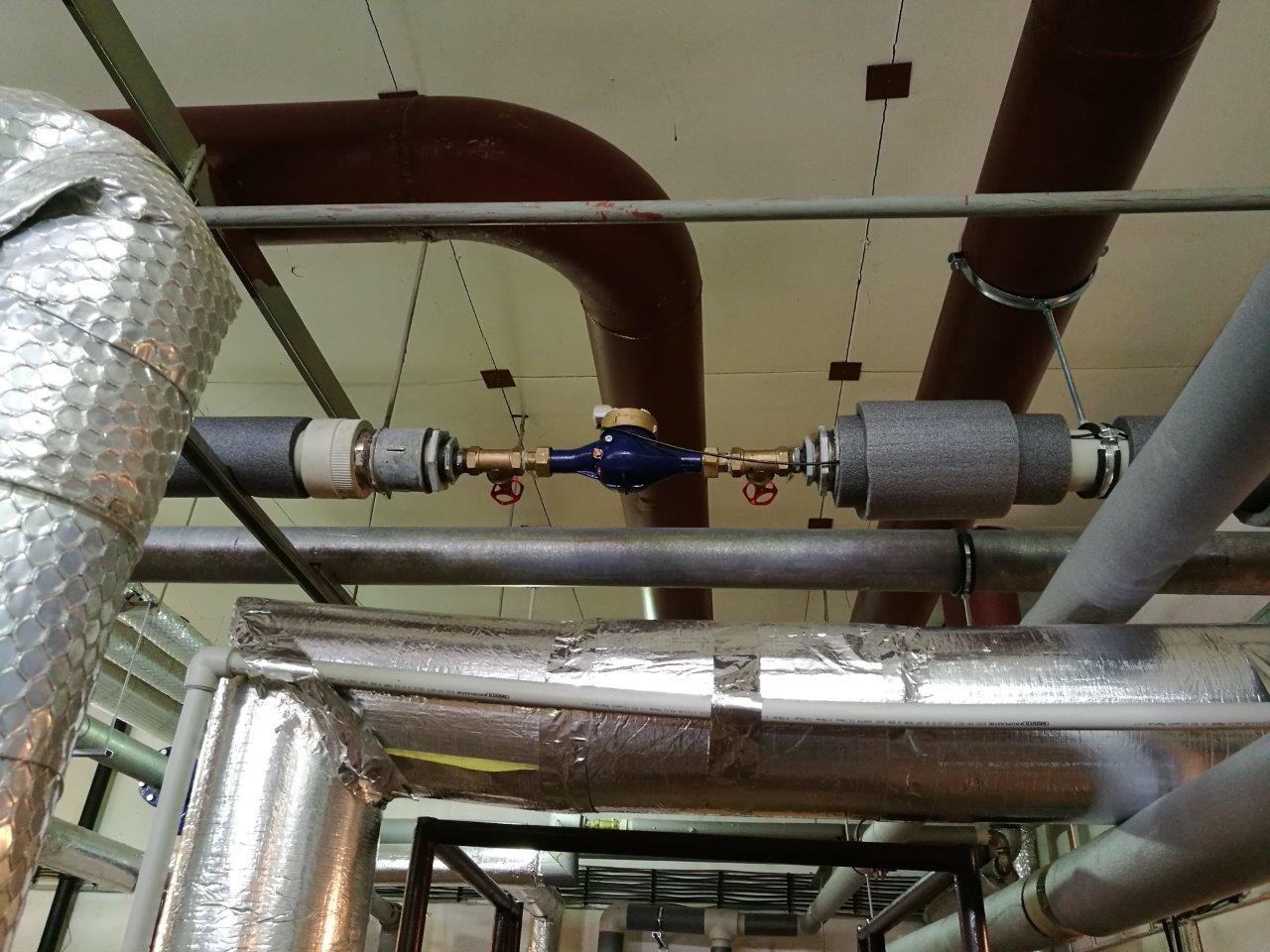Validation water meters
To be able to on-line monitor the water consumption, it is beneficial to install one´s own check wet-running water-meter with higher flow-rates behind the master water-meter, and to connect the subsequent BONEGA sensor and further the BONEGA radio transmitter to it. Such investment is not very high, because one can acquire the water-meter for about 1.000,00 CZK excl. VAT and the special sensor for about 1000,00 CZK excl. VAT as well. A check wet-running water-meter like this brings several advantages:
Opportunity to compare water consumption with supplier´s water-meter
Practice shows quite many cases when the complaints about master (inflow) water-meters are justified. Sometimes, even after a not acknowledged complaint and the replacement of master water-meter, the difference between master water-meter and sub-meters in flats is reduced from original 25% down to 2% to 3%. In both cases, the investment pays off very quickly (in many cases, the savings are very large).
Exclusion of different times when master water-meter and sub-meters are read
Through reading the auxiliary inflow water-meter and sub-meters at the same moment you will receive impartial differences in measurement.
Opportunity to reveal water leaks, or possible frauds prior to sub-meters
By definition, the sub-meters (flat water-meters) cannot reveal water leaks running prior to them. Thanks to the check water-meter you will have an immediate overview about suspected differences in the consumption measured by the check water-meter and the sum of consumptions at sub-meters.
Tenants are continuously informed about approximate price of water
According to the European Union, it is not sufficient to inform about water consumption only once a year. Owners of houses should allow the households to monitor their water consumption continuously. The check water-meter, which is placed immediately behind the master water-meter, offers the most accurate calculation These are in particular: EUROPEAN DIRECTIVE 2012/27/ EU DIRECTIVE 2012/27/EU OF EUROPEAN PARLIAMENT AND OF THE COUNCIL FROM 25 OCTOBER 2012 ON ENERGY EFFICIENCY, AMENDING DIRECTIVES 2009/125/ES AND 2010/30/EU AND REPEALING DIRECTIVES 2004/8/ES AND 2006/32/ES (in force from 1st January 2017).
The sub-meter is usually placed:
- as near to inflow (master) water-meter as possible, namely between it and the subsequent internal water distribution system in the building
- in other water pipes, such as rising mains, where they help find water leaks outside sub-meters
It is also the cheaper traditional BONEGA sub-meter (to be used in flats) that can be used as a check water-meter (for example for “rising mains”), if flow rates do not exceed 3,13 m3/h (Q4) with DN 15, or 5,0 m3/h (Q4) with DN 20. Note: for an easier replacement of a water-meter, it is suitable to place closing valves on its both sides.

Note: for an easier replacement of a water-meter, it is suitable to place closing valves on its both sides.
